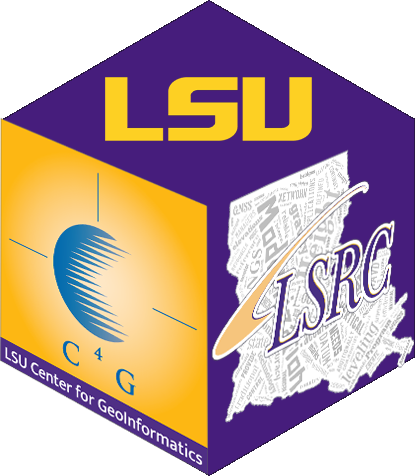WHAT IS NTRIP?
You will likely see this term in the settings of your field data collector software. NTRIP is ‘Network Transport of RTCM over Internet Protocol’. It is an international standard for accessing real-time network (RTN) data. It was created decades ago by the BKG (German geodetic and mapping agency) when RTN was first developed and adopted by the International Radio Technical Commission for Maritime Services (RTCM) 104 committee. The core code has been adopted by GPS/GNSS manufacturers. NTRIP consists of ‘caster servers’, like those C4Gnet.XYZ and all RTN hosts, that allow multiple users to access multiple ‘sources’, or ‘mountpoints’. One analogy for NTRIP is that it is like an app that connects to a web service listing many steaming music or video channels, but with GNSS corrections instead.
The other component of NTRIP is the ‘client’; the software in your field controller is the client. Required settings are a caster server, typically an I.P. address of a single caster server, but we use the Domain Name System (DNS) instead, which lets us redirect users to different servers without any changes to end user settings, a port (e.g., ‘9000’ for C4Gnet.XYZ), a user name and password, and you choose a mountpoint. See our mountpoint naming convention guide. Often, the field software builds list of mountpoints each time you access the NTRIP caster; in some software you need to refresh the list manually. Depending on the software, if you choose single-base or network (e.g., VRS or PPP) you will see different lists depending on the settings in your rovers field software.
No questions yet.
